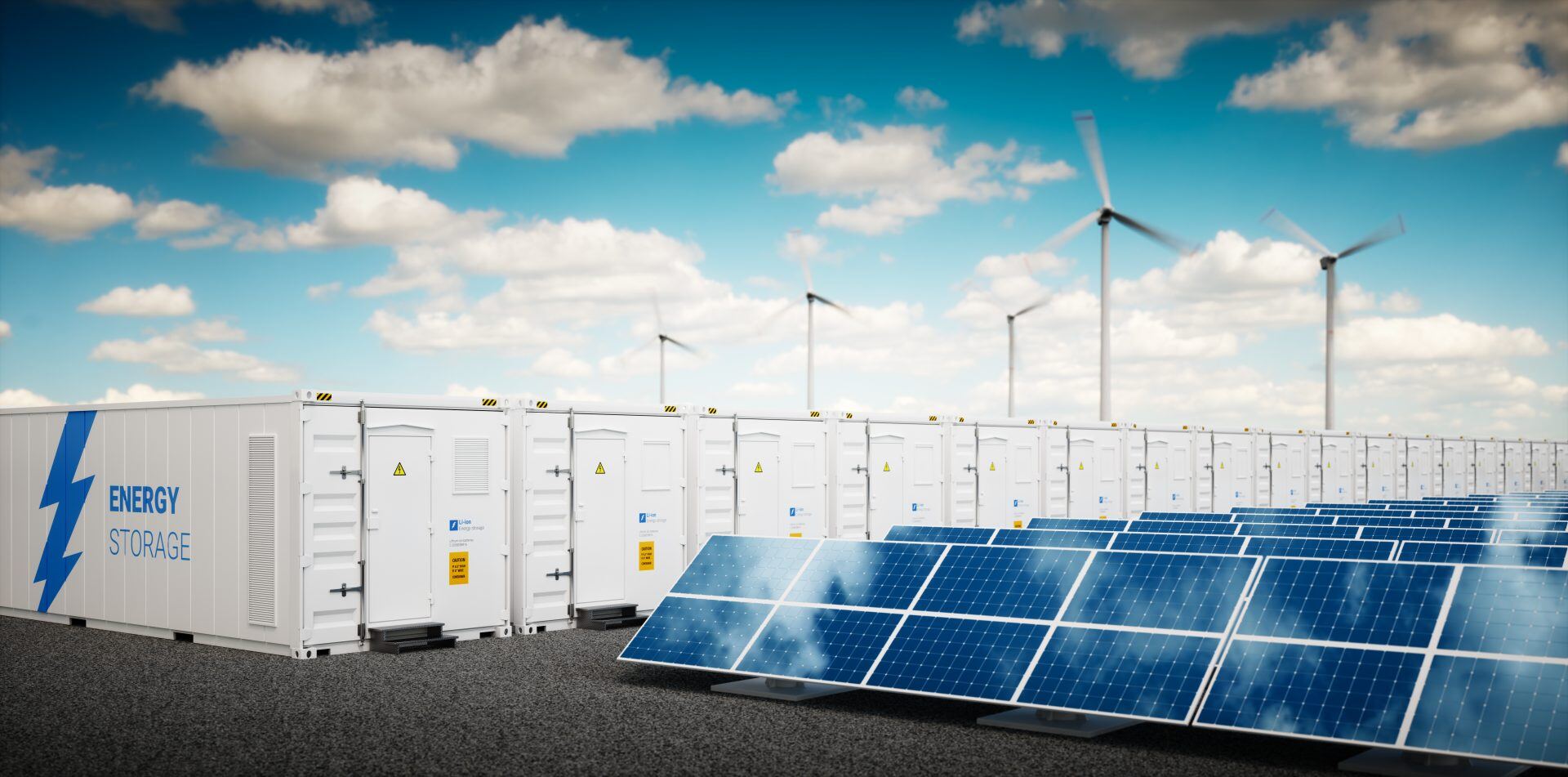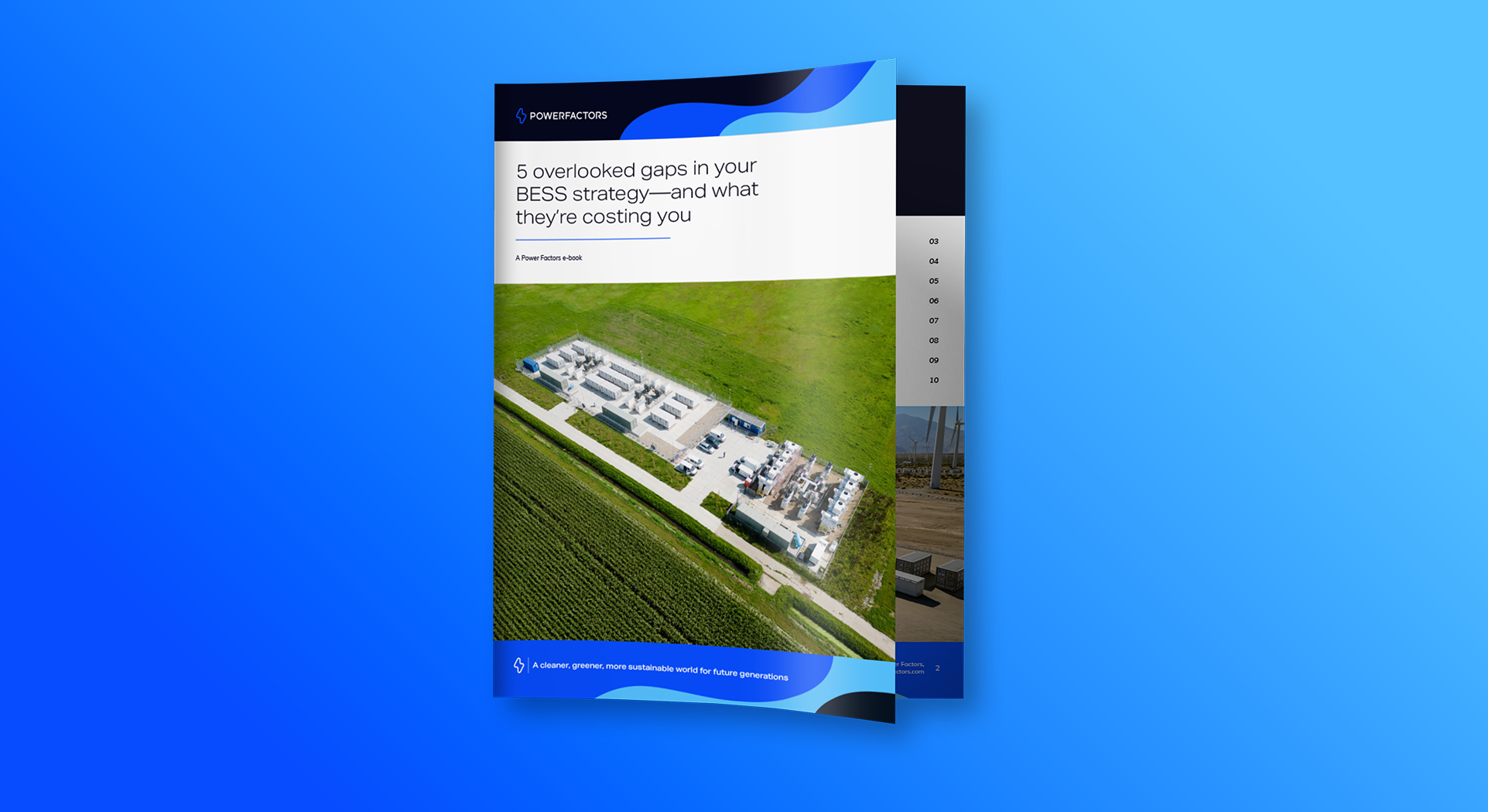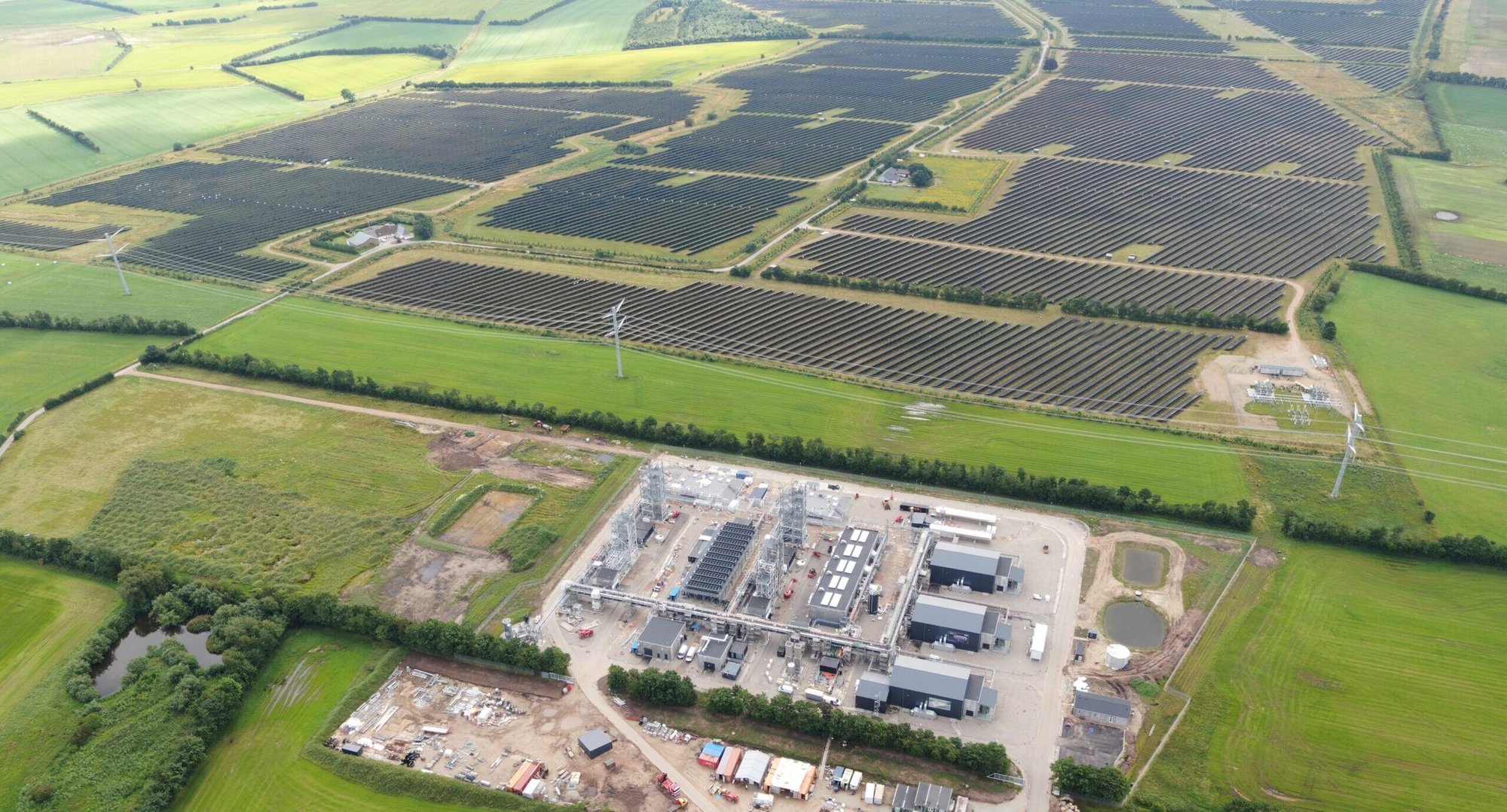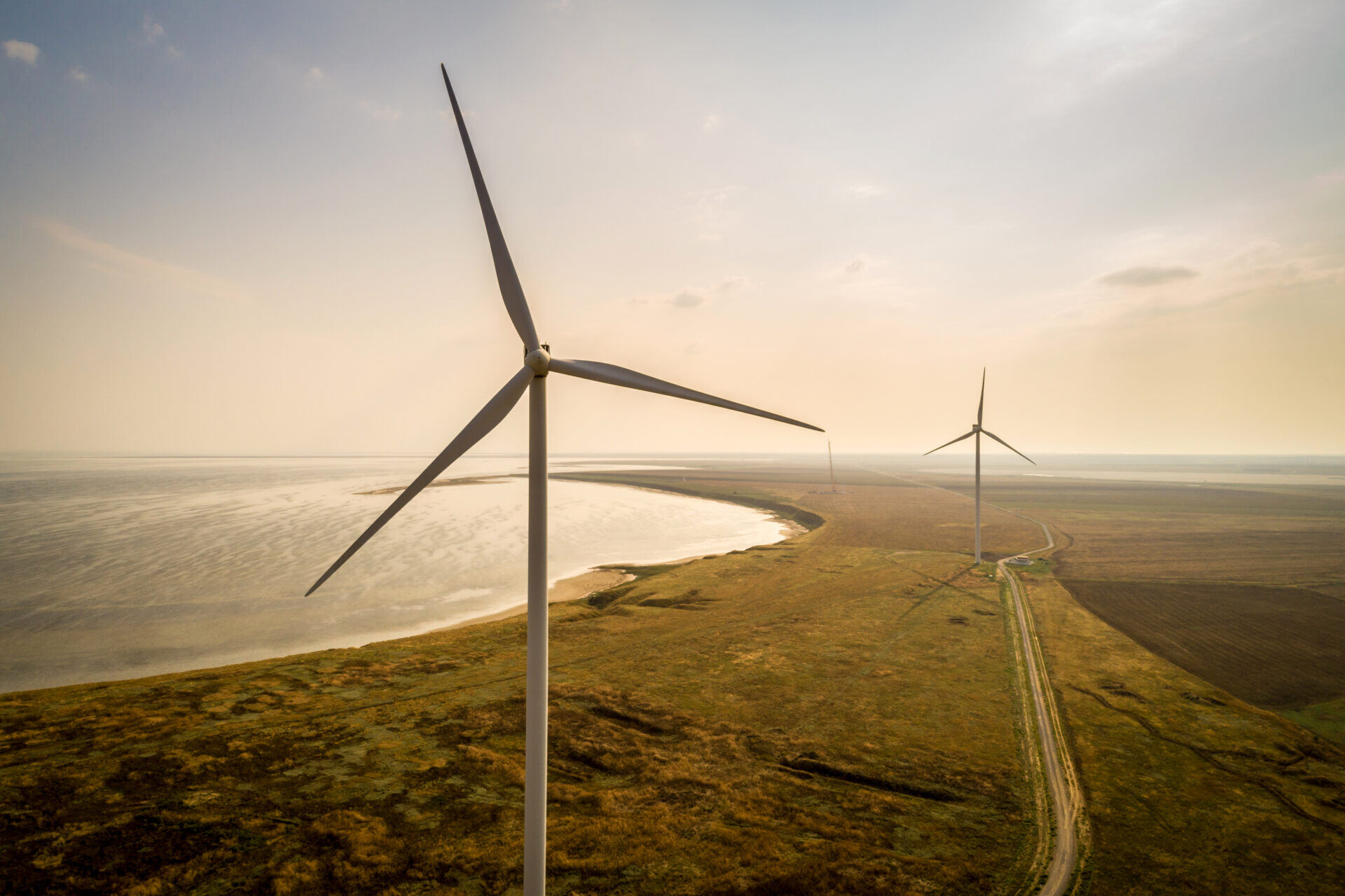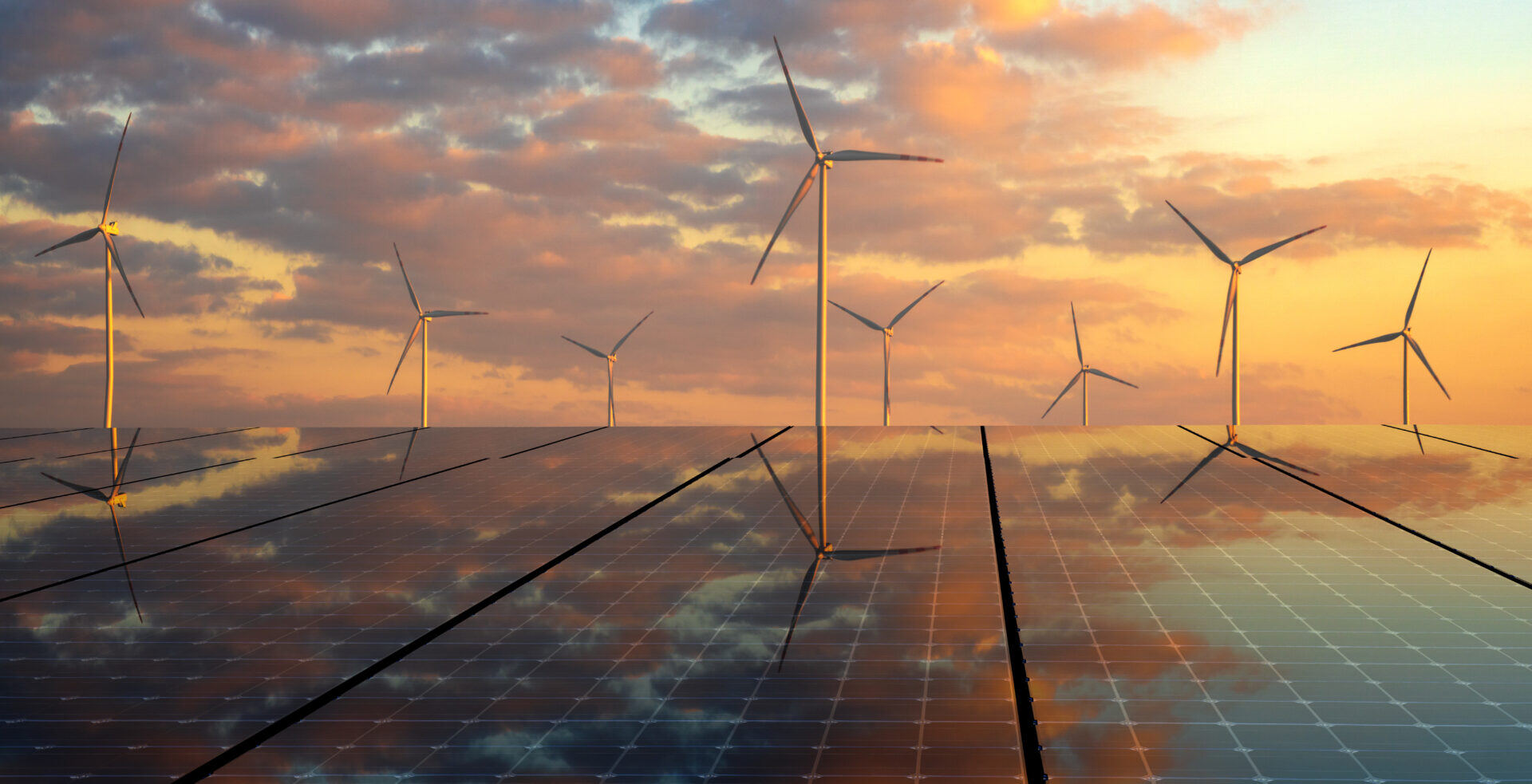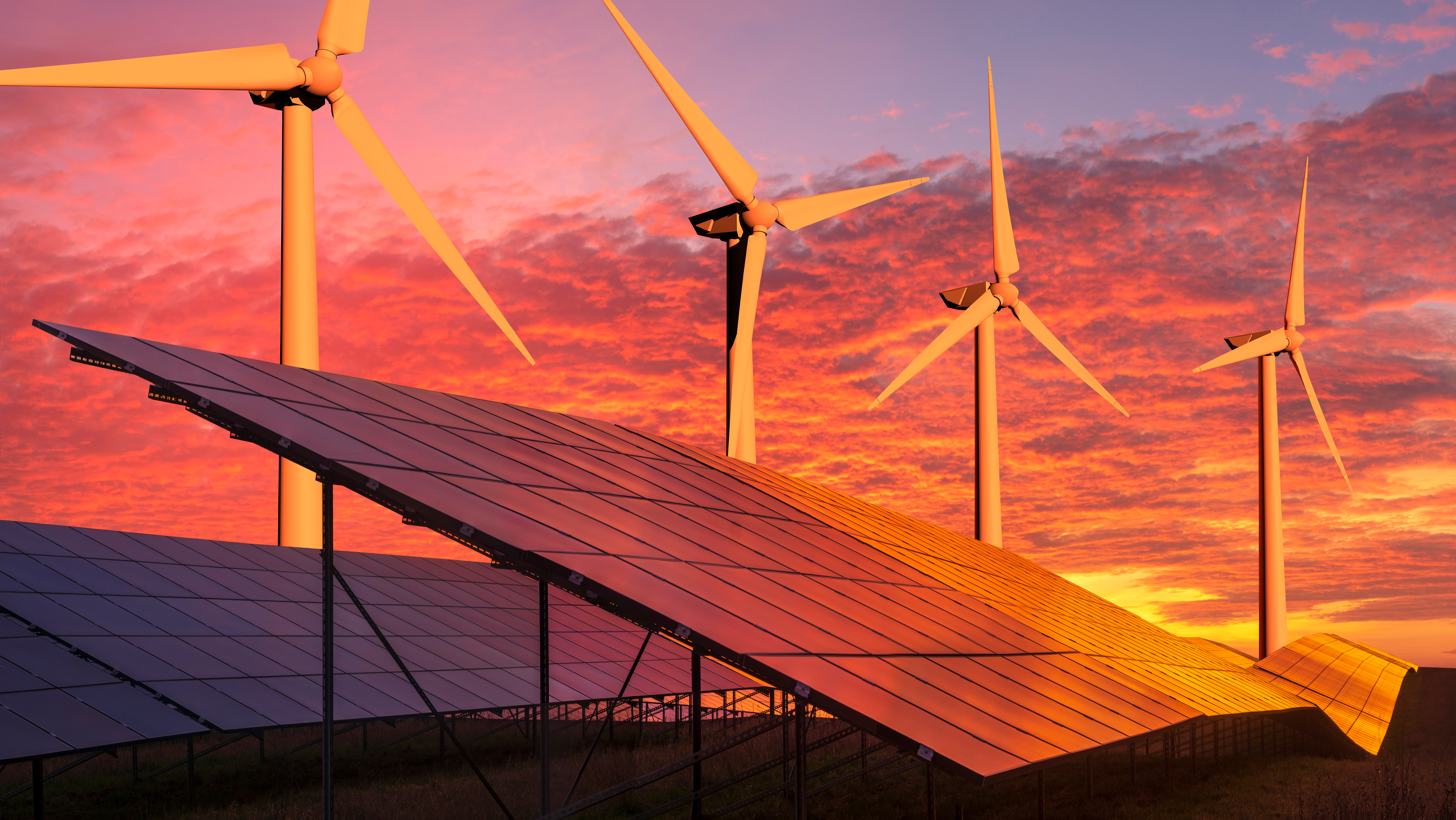TOP TAKEAWAYS FROM WINDEUROPE BILBAO 2024
Will Troppe, Director of Product at Power Factors, shares his top takeaways from WindEurope 2024 in Bilbao, Spain.
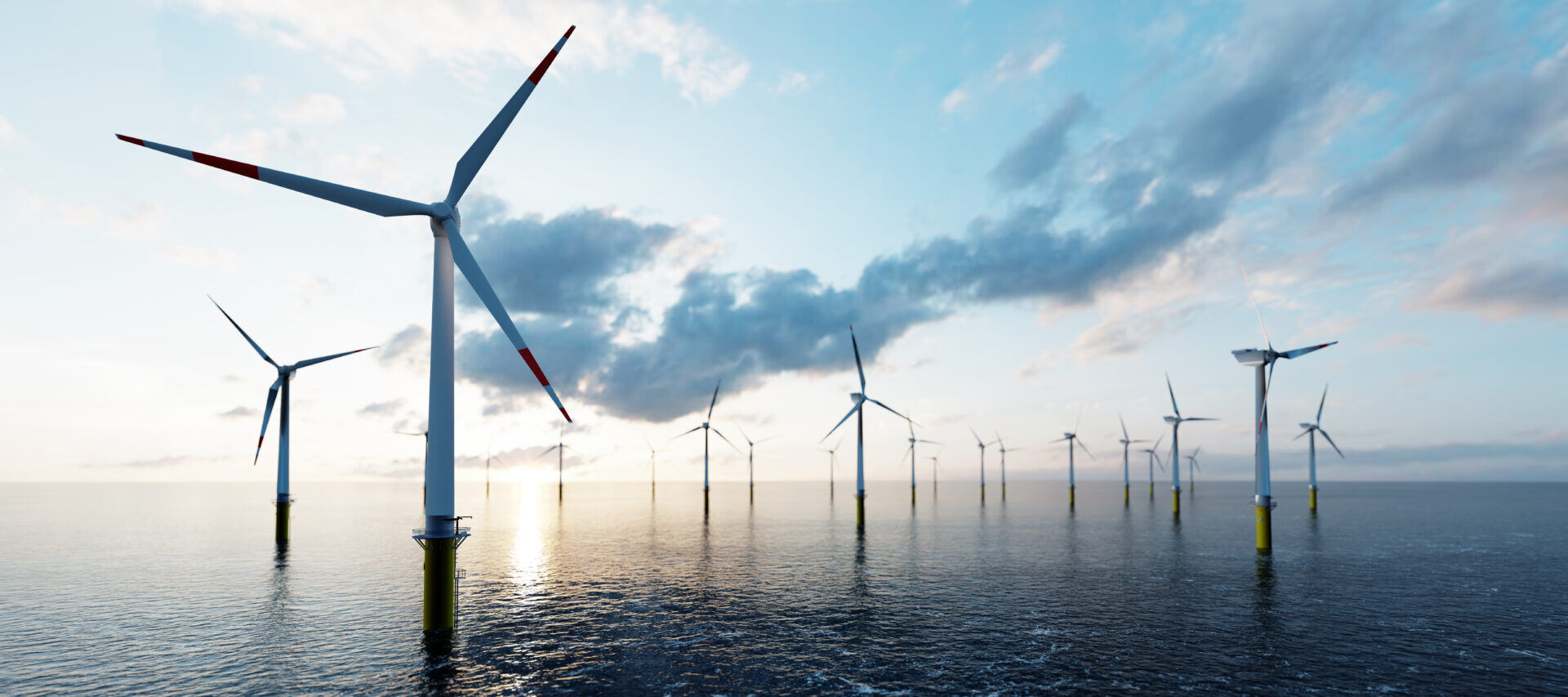
Stay in touch
Subscribe to our newsletter for expert insights, company updates, and the latest in renewable energy management solutions.
Will Troppe, Director of Product at Power Factors, shares insights from WindEurope 2024 in Bilbao, Spain.
I attended WindEurope Bilbao from March 20–22 in Bilbao, Spain, along with 12,000 other people. It was a great opportunity to meet with some of our European customers and better understand the state of the European wind industry.
As I discussed in my RE+ takeaways blog last year, AI is still a dominating topic. Offshore wind ramped up significantly in 2023 in Europe, at a much larger scale than in the US. And my experience of Bilbao’s infrastructure during this huge event (given the city’s size) provided some interesting parallels to how we should be preparing our electric infrastructure for its ongoing load growth as we electrify everything.
Here are my top takeaways from WindEurope 2024.
“AI” CONSISTS OF TWO PARTS: ANALYTICS AND USER EXPERIENCE
In 2024, every software vendor must be able to say they offer AI and predictive analytics. At this point, these terms are sufficiently pervasive in the industry to have a clear right answer: “Of course!” To say “no” would be disqualifying.
Of course, the reality behind “AI” is more nuanced.
Conversations with customers and others validated that AI in our industry can be split into two categories: AI-powered analytics and AI-powered User Experience (UX). This distinction is helpful because there are really two narratives when it comes to AI.
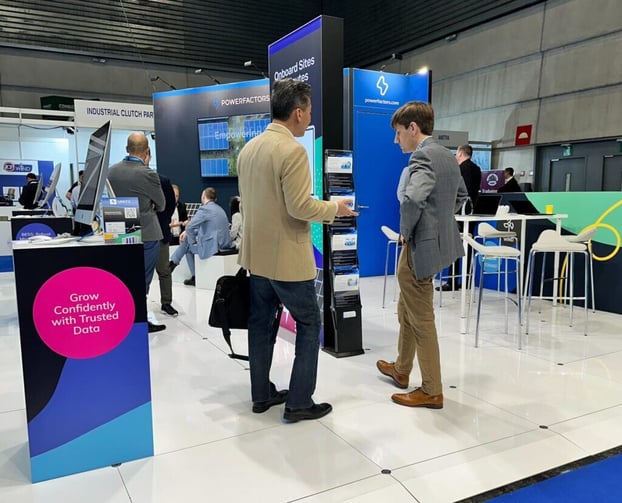
First, does the vendor “do AI right.” In other words, do they leverage the right analytics method for the use case rather than over-relying on its value as a buzzword? Second, generative AI (GenAI) specifically is changing the way humans expect to interact with computers (and their data).
Even technical experts no longer hold on to a precise definition of “AI analytics.” During a recent conversation I had with a customer, users conveyed the belief that AI simply reflects more technical complexity, sophistication, and intuitiveness than something they could build themselves.
They contrasted this understanding of AI with “home-grown” analytics, explaining that “it’s something we can’t easily replicate” and that it requires a “bigger lift outside of basic KPIs and performance.” “AI is not Business Intelligence,” they said. It “can’t be seen easily looking at just time series data itself.”
In short, AI analytics use advanced data science methods to generate useful insights that humans can’t find on their own (or much faster than a human can) and that represent opportunities to increase availability, reduce losses, produce more clean energy, and increase the value of energy produced, which increases revenue.
Meanwhile, Generative AI is powering a UX revolution. Users increasingly expect to ask computers questions in standard English-language sentences and receive a quality response, in text or visual format. They expect to submit images as input, not just text. They expect to generate a graph or other visual by asking for it, not configuring it through clicks.
These expectations might be somewhat contained in people’s personal experimentation with AI chatbots now, but, as AI becomes an increasingly important tool across all aspects of our lives, clean energy software will need to keep up.
Users will expect interesting data signatures on a graph to be identified automatically for them, by exception. And they’ll expect complex, detailed information to be distilled easily and automatically to highlight only the most important content deserving of a human brain.
To truly empower renewable energy owners and operators to produce more clean energy, software vendors need to be aware of these two categories and these two narratives around AI, and they need to build both into their platforms.
RAPID OFFSHORE WIND GROWTH IN EUROPE
In Bilbao, it felt like half of the booths mentioned offshore wind, and the most crowded booths all three days centered offshore wind in their branding.
According to WindEurope, offshore wind in Europe today represents only 13% of the installed capacity. However, a higher proportion of new wind capacity is offshore—21% in 2023. 3.8 GW of offshore wind was added in 2023, up from 2.6 GW in 2022, 2.9 in 2021, and 2.9 in 2020. This represents a 46% growth in offshore wind alone between 2022 and 2023. Offshore isn’t equally large in all markets, though; the US offshore market hasn’t taken off.
I think this growth helps explain offshore’s outsized presence at WindEurope. Many exhibitors target the project development market more than operations, and the growth of offshore wind in Europe from its relatively small baseline means many smaller innovators are fighting for market share, leading to an offshore frenzy at WindEurope. And, for all wind software vendors, this growth underscores the importance of building out features and functionality that benefit both onshore and offshore wind.
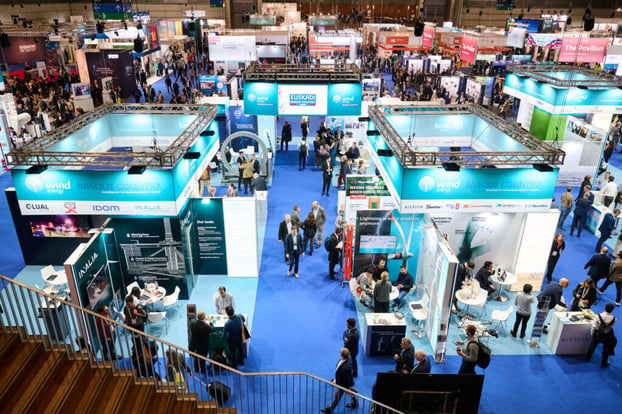
PEAK LOAD
The city of Bilbao wasn’t ready for 12,000 people. Taxi lines at the airport were two hours long; bus drivers were on strike; subway trains were stalled for 40+ minutes without warning or explanation; Ubers were practically unavailable. The city was overloaded at its peak.
Meanwhile, the movement to “electrify everything”—vehicles, induction stoves, heat pumps, and more—is causing many electric grids worldwide to experience electric load growth for the first time in decades. Improved energy efficiency is no longer sufficient to offset load growth. Electric grids across transmission and distribution (which increasingly must contend with distribution-side generation, not just consumption) are close to being overloaded, hitting their local peak load more often.
The Bilbao conference could have hired outside shuttle busses, warned taxi companies, and partnered with Uber to help manage the load. When a city overflows its capacity, it’s a little annoying for a traveler. When the grid overflows its capacity, blackouts happen, which can be frustrating if managed properly and catastrophic if not. Will we be sufficiently proactive about grid infrastructure upgrades, or will we experience overload?
PEOPLE REALLY LIKE TINY LITTLE MODEL WIND TURBINES
They were everywhere.
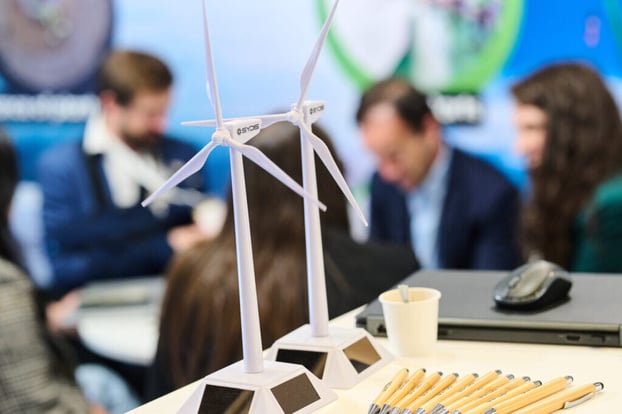
Will Troppe is Director of Product at Power Factors. Follow him on LinkedIn!
